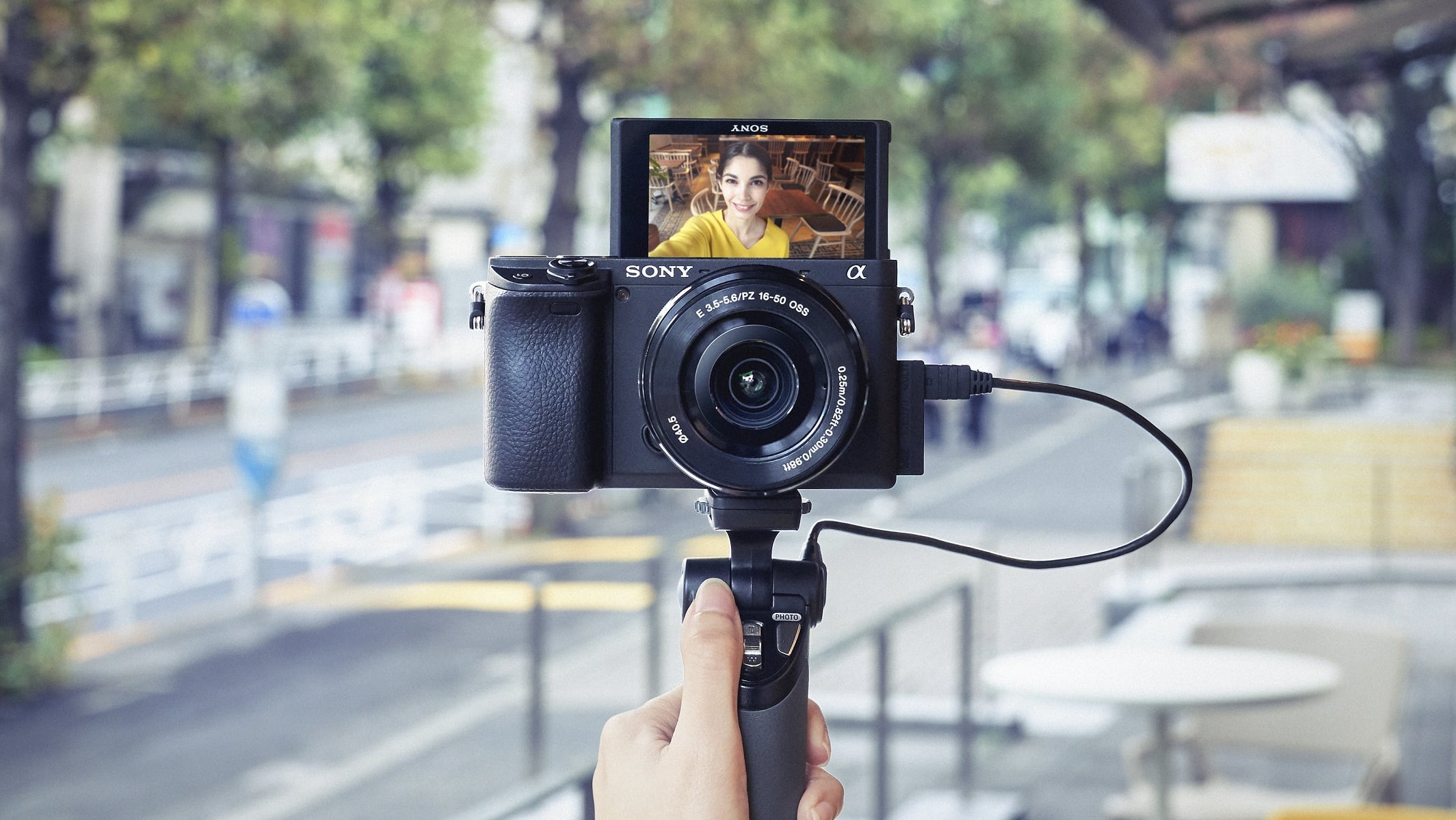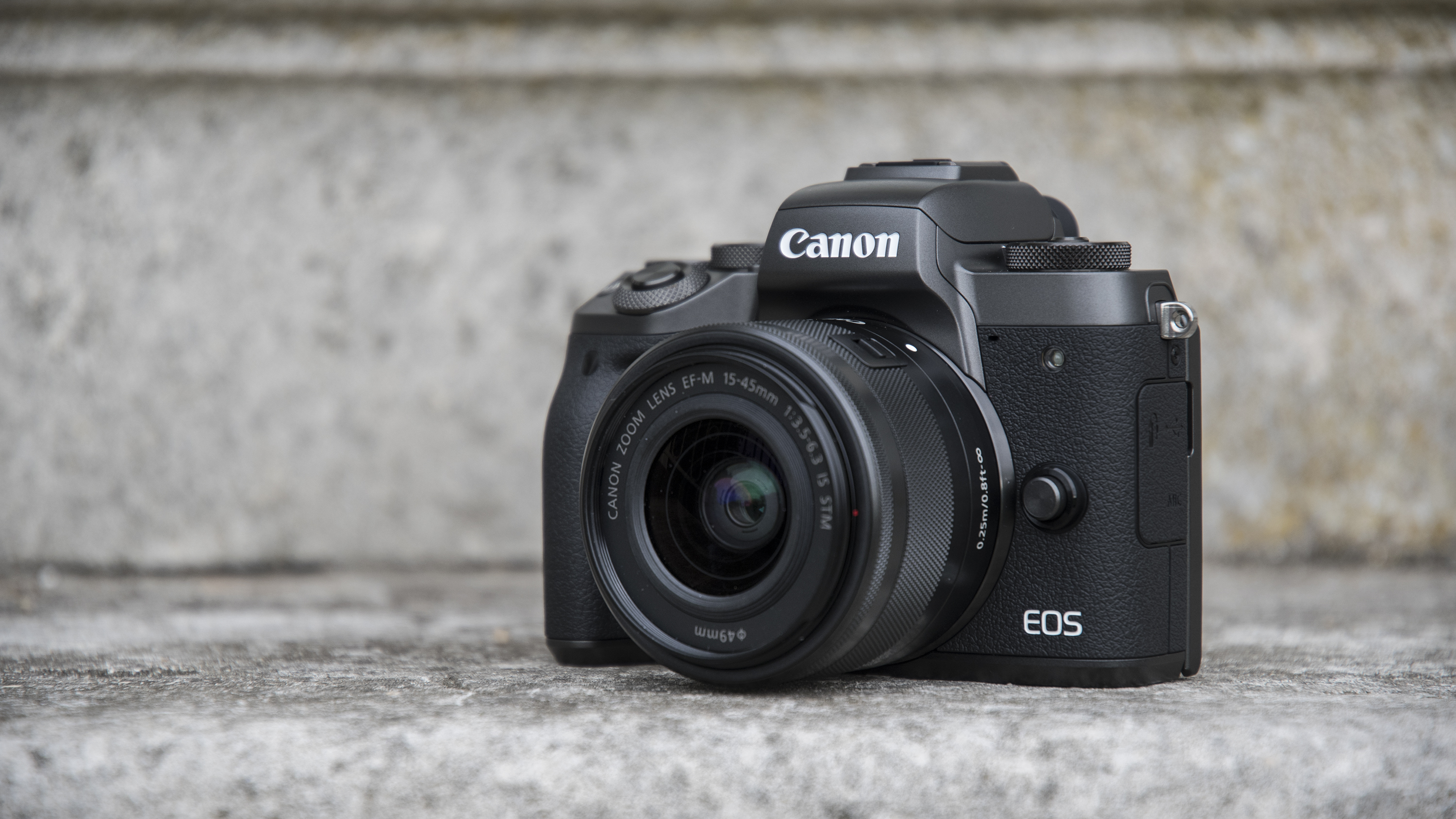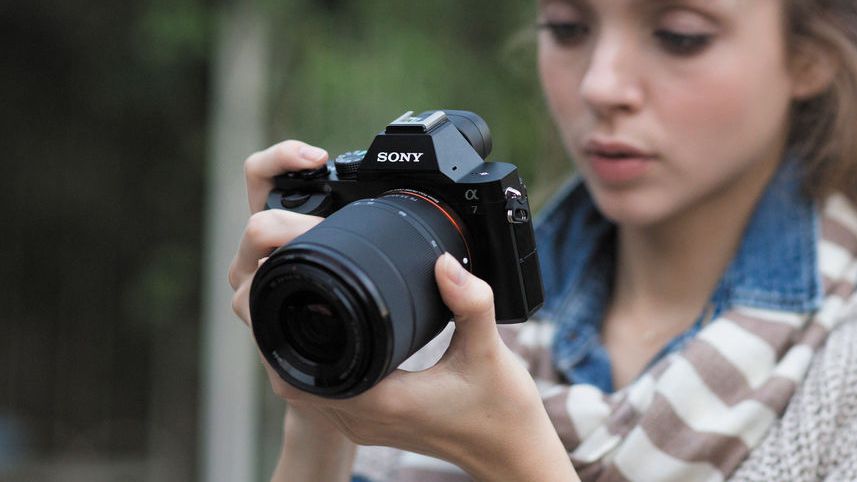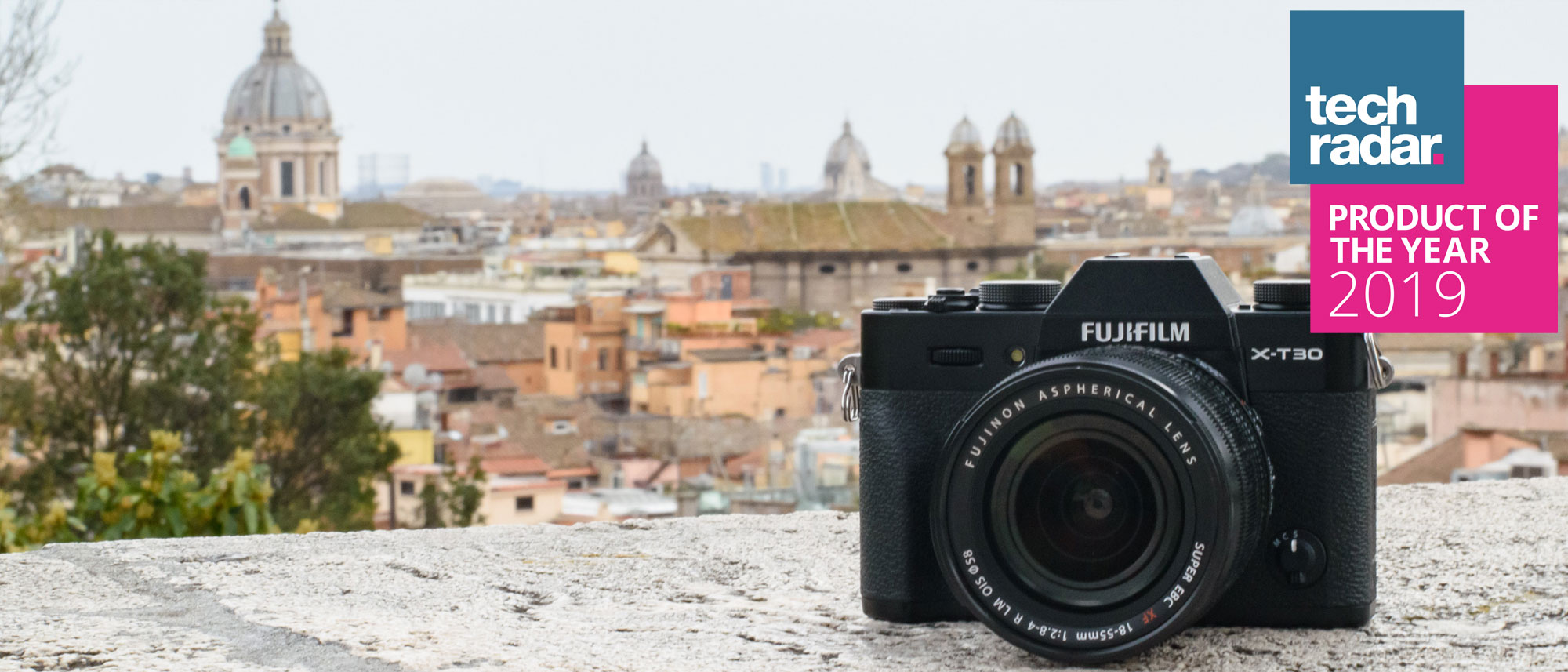Why you can trust TechRadar
Verdict
The X-T20 was a popular model for a reason, and it's hard to see why the X-T30 shouldn't be destined for the same kind of appreciation. Whether you're an enthusiast looking for a backup body, or you're taking your next steps from a more junior model, the X-T30 packs enough under its skin to please its target audience.
The new sensor is dependable and the processor speedy, while the changes to autofocus and burst shooting (including the Sports Finder mode) may be less sexy on paper, but they're precisely the kind of things that make a difference to everyday shooting. It's also nice to see so many small things that tend to annoy on other cameras not being an issue here, which is testament to how thoroughly Fujifilm pays attention to details big and small.
Video recording is another strength, with respect to both what's on offer – 4K DCI and UHD, F-Log shooting and so on – and the camera's output. If you're looking to get into video recording, it's hard to think of another camera that can offer quite the same comprehensive suite of options and quality output for this kind of money.
The fact that Fujifilm has managed to pack so much into a camera this small is impressive indeed, although size is also what works most again the X-T30. Clearly there's no space for sensor-based image stabilization (although you do benefit from this with OIS lenses) and the viewfinder's 0.62x magnification is easily beaten by even older, cheaper models.
There's also not much of a grip, and certainly not enough for larger-handed users or to provide enough support for longer and heavier lenses, and some of the controls inevitably end up being just a little too fiddly on such a small body. Ultimately, you end up coming away with the impression that, in order to make the camera as small as possible, usability has had to be compromised.
This is a shame, as the camera is otherwise a stellar competitor at this level. With an excellent level of features for the price, great build quality and dependable performance in the areas where it matters the most, this is clearly one of the most capable mid-range mirrorless cameras on the market right now.
Competition

Sony A6400
Sony's latest APS-C-format mirrorless camera matches the X-T30 in combining a 24MP APS-C sensor with 4K video and an electronic viewfinder. Like the X-T30, it relies on image stabilization in the mounted lens as it lacks this at sensor level, and while the LCD screen can be adjusted all the way around the face the front, it's in the 16:9 aspect ratio – great for video, less so for stills captured at the sensor's native 3:2 format.
Read our in-depth Sony A6400 review

Canon EOS M5
Canon's EOS M5 also packs an APS-C sensor, a 2.36 million-dot electronic viewfinder, a tilting LCD and the ability to control the camera with your phone, and with a similar price tag it may well appeal to those drawn to the X-T30. It also has the benefit of Canon's great Dual Pixel CMOS AF system, although there's no 4K video, and battery life is considerably less than the X-T30's.
Read our in-depth Canon EOS M5 review

Sony A7
Sony's original A7 model may not appear as an obvious competitor to the X-T30, but it can still be bought brand-new, and is almost the same price as the X-T30, so someone without ties to either system may well consider both models. The most obvious difference between the two cameras is the A7's full-frame sensor, which offers a slightly lower 24.3MP against the X-T30's 26.1MP, although it can't shoot 4K videos as the X-T30 can. The X-T30 also has the advantage in terms of touchscreen operation and much faster burst shooting, although both models offer tilting LCD screens, electronic viewfinders and Wi-Fi.
Read our in-depth Sony A7 review
